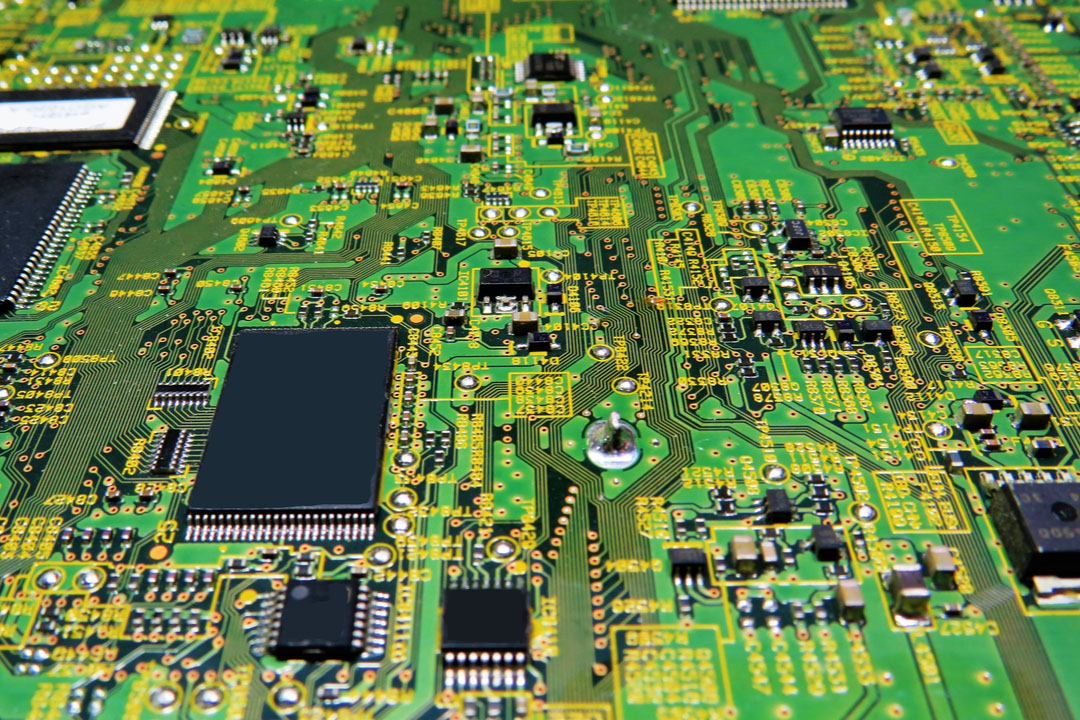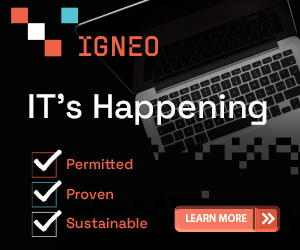
A precious metals company leader explains how recycling companies can build a sustainable supply-chain through consumer awareness. | Sebastian_Photography/Shutterstock
There’s no unified consensus for when the ongoing chip shortage will end, with experts predicting that it could last well into 2022 or even all the way into 2024. And with no true end in sight, the crisis should be a wake-up call for a more sustainable precious metals supply chain.
As ITAD and recycling companies evaluate their role in minimizing this type of shortage from happening again, they should take a more active role in sustaining the supply chain with manufacturers. And with it, ITADs, recycling companies and material manufacturers have a valuable opportunity to make groundbreaking change happen for the future of the supply chain.

Andrew Farry
For responsible recycling to make the precious metals supply chain more sustainable, ITADs and recycling companies need to focus on one key factor: consumer awareness.
A wasteful gap in action
The good news is that consumers generally know how to recycle products with precious metals. In fact, research from TANAKA found that 62% of U.S. consumers know how to recycle their smart devices. However, the problem doesn’t lie in knowledge, it lies in action – our research also found that only 16% of consumers actually recycle their smart devices.
This lack of recycling carries real consequences on the supply chain. The U.N.’s Global E-waste Monitor report found that at least $10 billion worth of gold, platinum and other precious metals end up in the trash every year. This electronic waste is valuable material that could be reused in many of the products impacted by the chip shortage, such as automobiles, gaming consoles and home appliances.
This mountain of e-waste also causes many environmental issues. When electronics are improperly disposed of through burning, harmful carbon dioxide gas is released into the air, contributing to climate change. Metals from smart devices left in landfills can also leak into the ground and poison drinking water.
Time is running out for a shift in recycling efforts: E-waste is projected to grow approximately 30% by 2030 if the lack of action remains the same – which only means more harm to the environment and more precious metal supply gone to waste.
An extra push for sustainability
For consumers to consistently follow through with recycling products containing precious metals, they’re going to need a push from ITADs and recycling companies.
The reality is, when most consumers think of recycling, they think of dropping bottles, cans and paper into bins outside of their home. But recycling electronic devices takes more effort, whether it’s visiting a local precious metal recycler or trading products in at a retail or device manufacturer location.
The foundation already exists to encourage more recycling among consumers on the device manufacturer side. Apple is committed to making every single Apple product carbon-neutral by 2030 by using 100% recycled or renewable materials. The company also has an extensive recycling program through its Apple Recycling and Apple Trade-In programs that allow customers to return their devices for store credit or recycle them for free.
Although the work Apple does to sustain its own supply chain is crucial, this same concept needs to be replicated on a larger scale by ITADs and recycling companies. Consumer engagement will be uncharted territory for most ITADs and recycling companies. But the tradeoff of a more sustainable supply chain for these awareness efforts is too critical to pass up. The trade-in program model can be leveraged by ITADs and recycling companies to their benefit by offering consumers an incentive to recycle products with them. Material manufacturers and recycling companies can partner with OEMs to leverage this concept by offering cash incentives.
For example, OEMs could partner with ITADs and recycling companies and allow consumers to exchange their old devices as an incentive to help generate supply. In addition, ITADs and recycling companies can take these efforts further by working with device manufacturers to create a three-way partnership with OEMs. For device manufacturers, incentivizing consumers to trade in their product for an upgrade or cash incentive helps boost customer loyalty in addition to making the supply chain more sustainable.
By promoting recycling awareness, ITADs and recycling companies, OEMs and device manufacturers can rally consumers to fight the chip shortage and climate change by recycling old devices for a more sustainable supply chain. Ultimately, ensuring that we get old devices in the hands of ITADs and recycling companies helps push metals like palladium, silver, platinum and copper back upstream in the supply chain to refineries and promotes a true self-sustaining supply chain model.
Why not?
ITADs, recycling companies and material manufacturers should be asking themselves one question: Why not us? These companies are at a critical juncture to either let old production ways continue or create real industry impact by going all-in on recycling for the supply chain. By incentivizing consumers to recycle products with precious metals and boosting awareness through education, ITADs and recycling companies can create a more sustainable future for the industry and the planet.
Andrew Farry is general manager of business strategy at TANAKA, a Japanese precious metals manufacturer founded in 1885.
The views and opinions expressed are those of the author and do not imply endorsement by Resource Recycling, Inc. If you have a subject you wish to cover in an op-ed, please send a short proposal to [email protected] for consideration.



